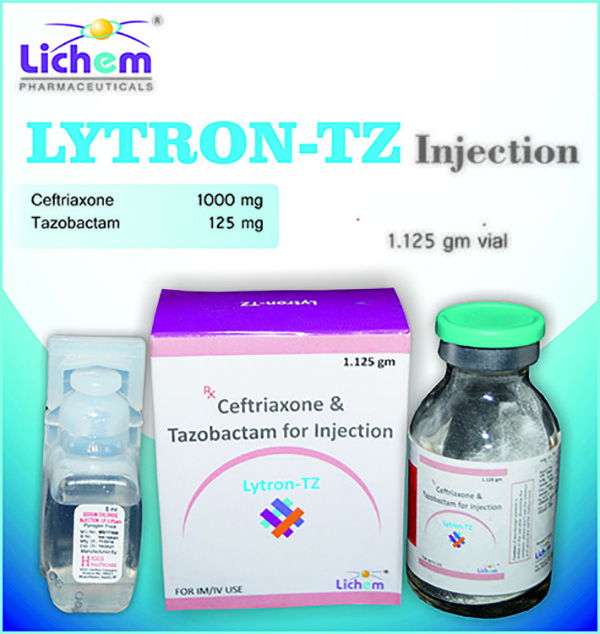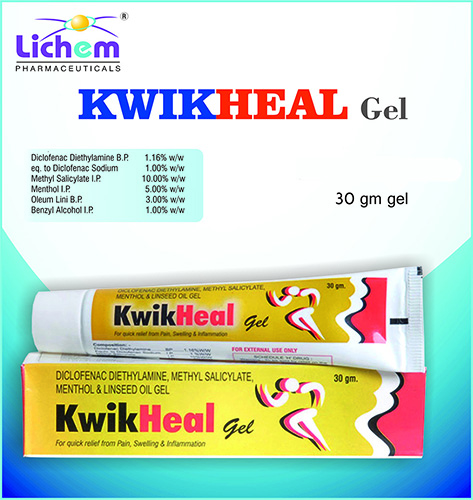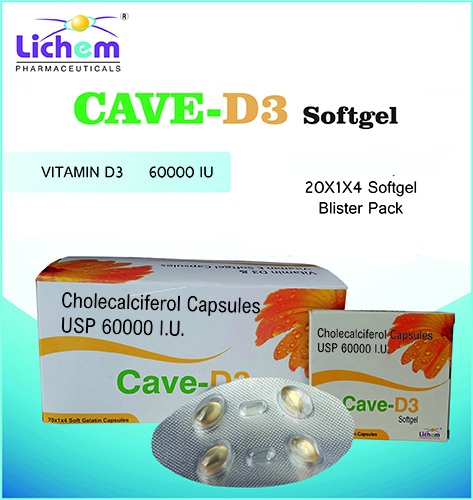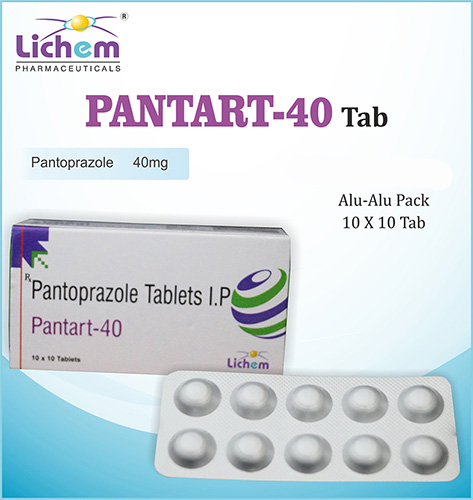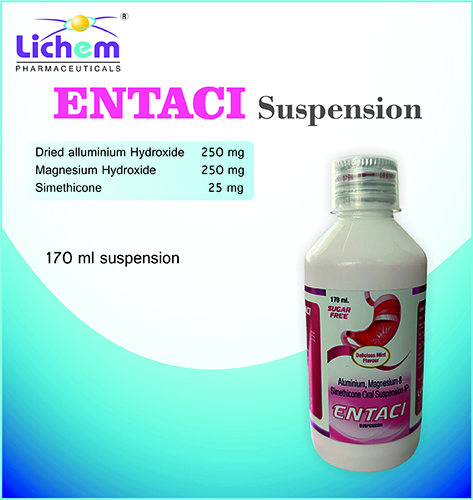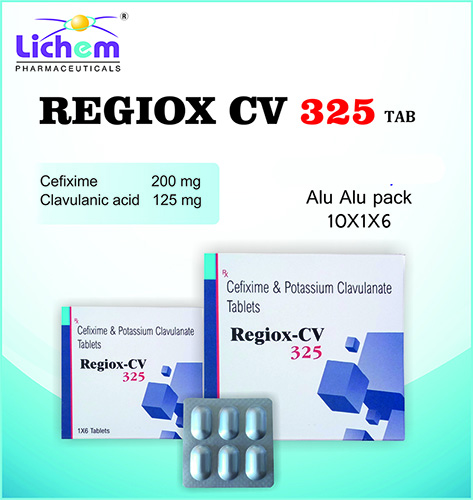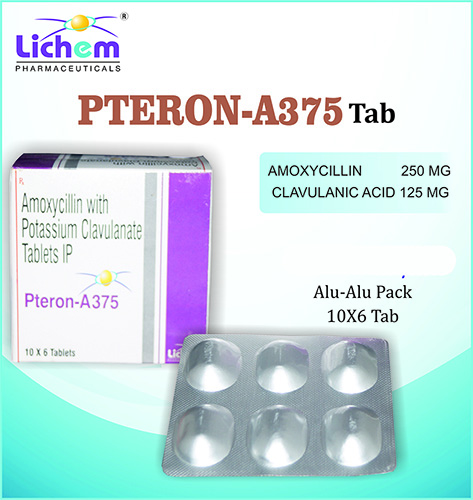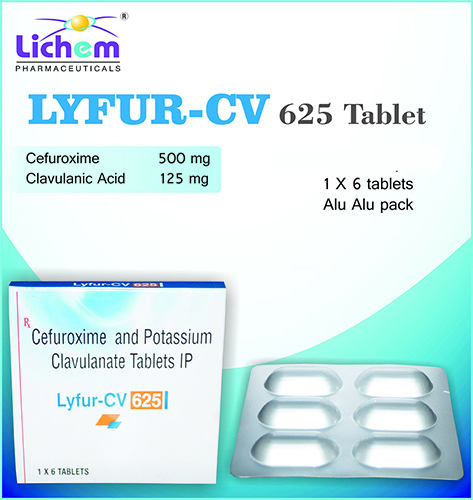Composition : Ceftriaxone 1000 mg + Tazobactam 125 mg Ceftriaxone : Belongs to a class of antibiotics called third-generation cephalosporins. Works by interfering with the bacteria's cell wall formation, preventing them from growing and multiplying. This ultimately kills the bacteria. Tazobactum : A beta-lactamase inhibitor. Doesn't directly kill bacteria itself. Protects Ceftriaxone from being broken down by certain enzymes produced by bacteria (beta-lactamase) that can render antibiotics ineffective. This allows Ceftriaxone to function effectively against a broader range of bacteria, especially those resistant to other antibiotics. INDICATIONS Septicemia Meningitis Peritonitis UTIs RTIs SSTIs Endometritis
Send Message